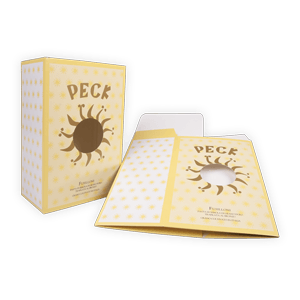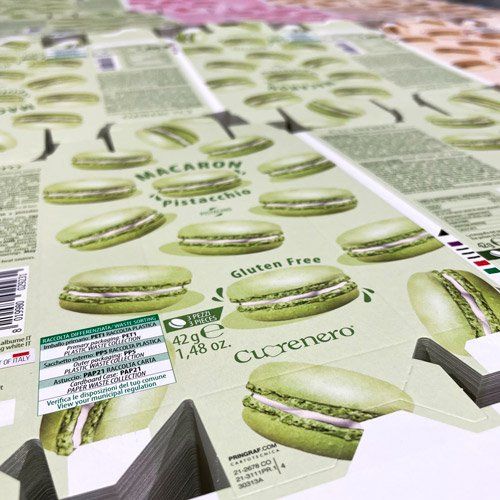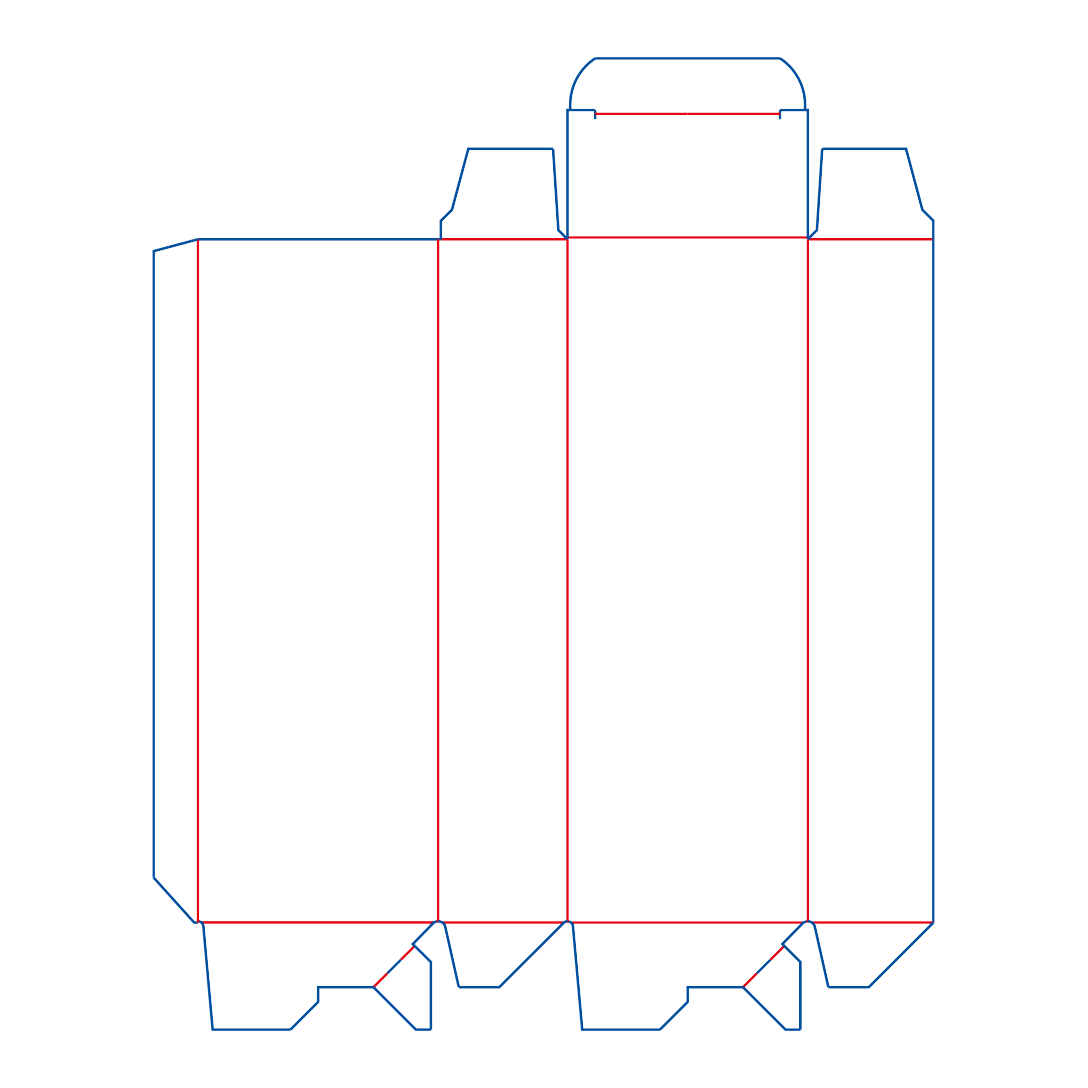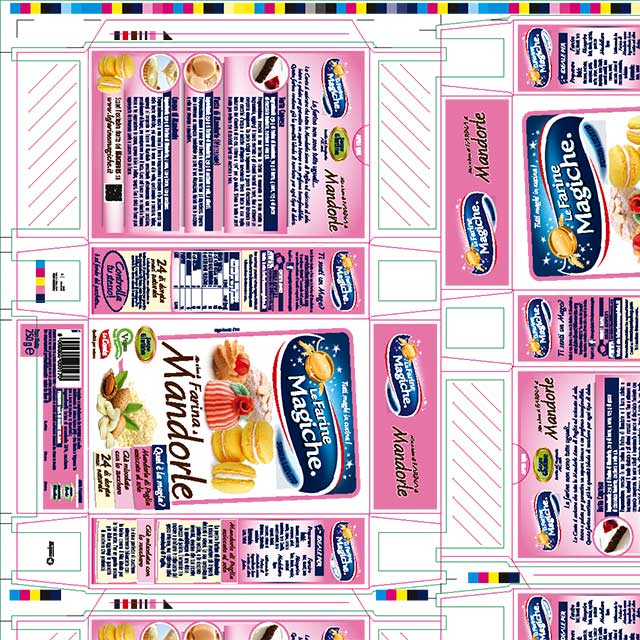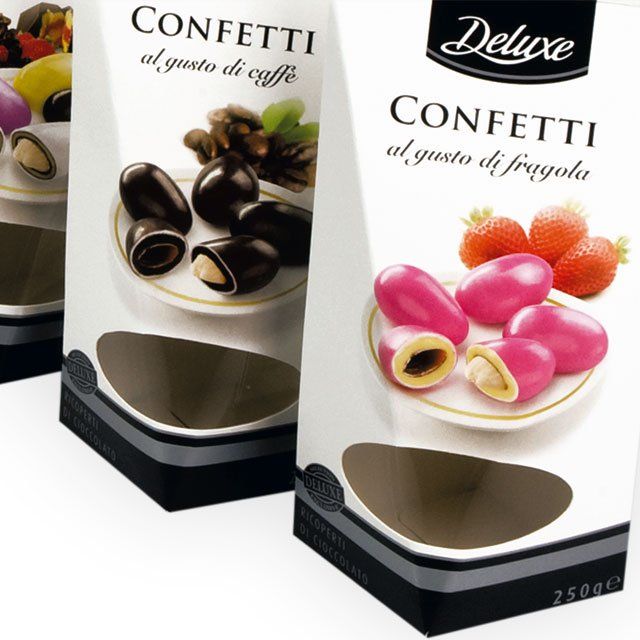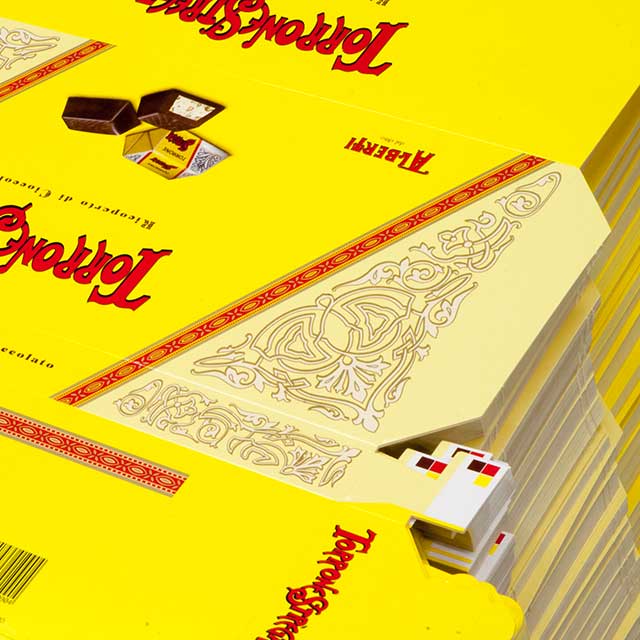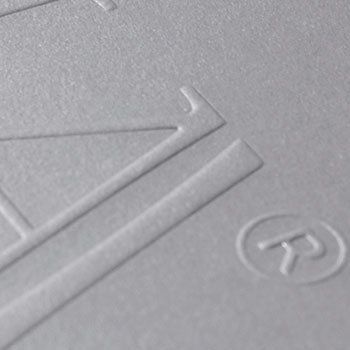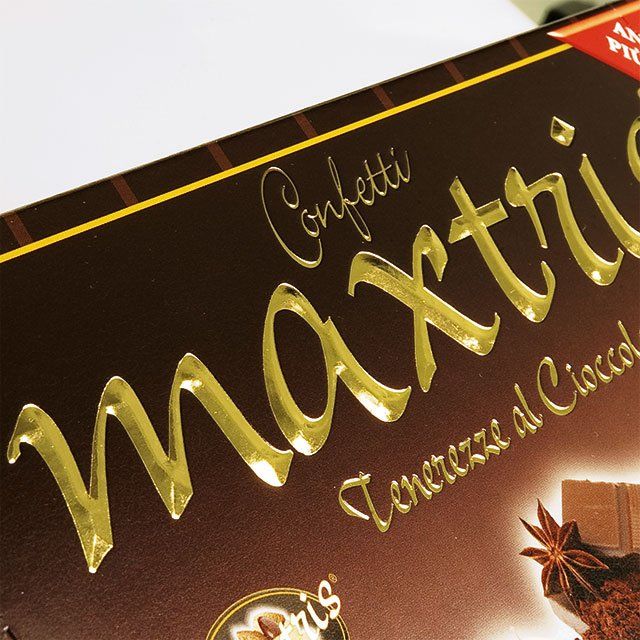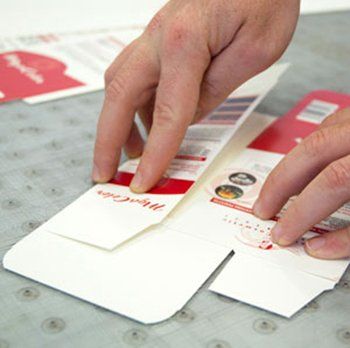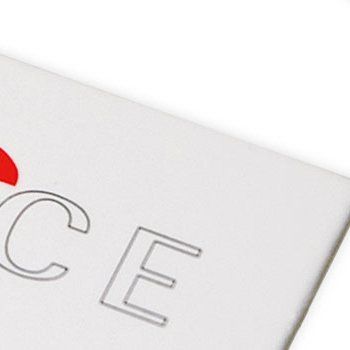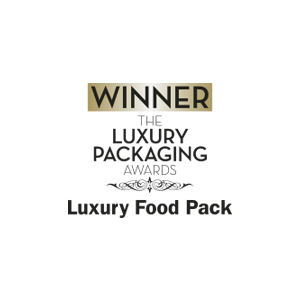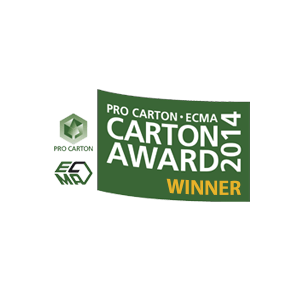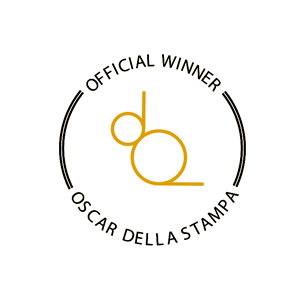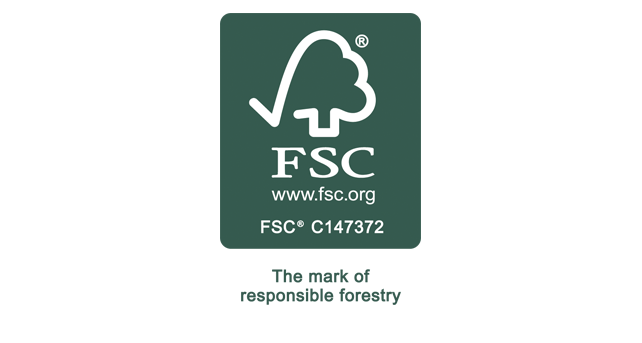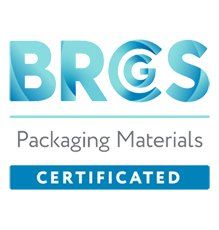Off-set printing is a type of printing that guarantees a high-definition product, making the images faithful and of quality, free from imperfections and characterized by precise details and a wide range of colors.
It is an indirect printing process based on the repulsion phenomenon between water and inks. Instead of printing the sheet in direct contact with the aluminium plate, printing takes place through the use of three cylinders in contact with each other. The printing is obtained by the ink transferred from the aluminium plate to the rubber and from this to the paper.
The result is an extreme definition, a high resolution given by the principle of water/oil repulsion. The rubber cylinder allows maintaining a high printing quality even on non-smooth surfaces to print on any kind of paper.
In off-set printing the ink is introduced into the inkwell, from there it passes to the grinding group formed by numerous rollers which, by rotating, make the ink itself fluid. The plate is wound on a cylinder and touched by wetting and inking rollers. The inks, which are greases, adhere only to the worked part of the slab (graphism), while the water, due to the principle of water repellency, does not wet the same graphics because the ink rejects it.
The plate then transfers the images onto the blanket of rubber that receives the ink but not the water, which transfers the print onto the sheet with the help of the counter pressure cylinder. The sheet is inserted into the machine through an apparatus called a sheet feeder consisting of a series of aspirators which lift the sheet and place it on a sliding surface.
On the latter, the sheet is positioned thanks to a square to allow the pressure cylinder’s clamps to hook it always at the same point. The operation ensures that printing takes place at a constant and univocal distance: the so-called “register”.





